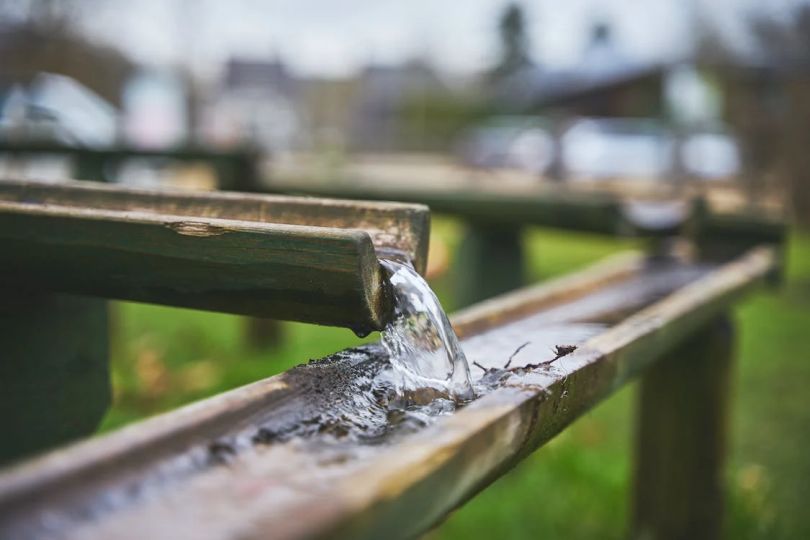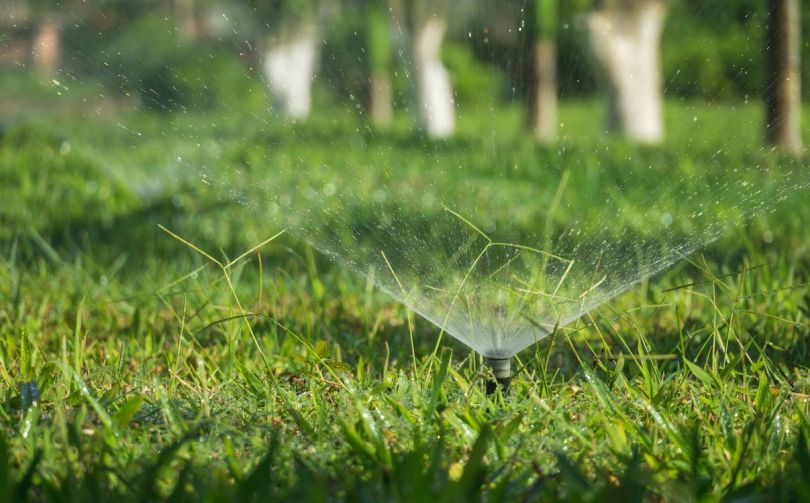How to Design an Irrigation System for Your Garden
Do you want to ensure that every plant receives the right amount of water without wasting resources? Designing an irrigation system for your garden may seem daunting, but with a little planning and know-how, it can be easier than you think. In this blog post, we will guide you through the process of assessing your garden’s needs, choosing the right irrigation method, planning the layout and zones, and installing water-saving features. Get ready to transform your gardening routine with a well-designed irrigation system!

Assess Your Garden’s Needs
Different plants have varying needs when it comes to water, with some requiring more frequent irrigation while others thrive in drier soil conditions. Additionally, consider factors such as the amount of sun exposure and the type of soil present in your garden. Plants that enjoy ample sunlight may necessitate more regular watering compared to those situated in shaded areas. Similarly, sandy soils have a tendency to drain water swiftly, often requiring more frequent irrigation compared to clay-based soils. It is essential to consider any environmental factors as well, such as rainfall patterns or local water restrictions. For instance, if you reside in an area prone to drought, incorporating water-saving features becomes a priority when designing your irrigation system. For instance, drip tape or drip line irrigation can be a valuable addition to your system. Especially as it allows for targeted water delivery directly to the plant roots, minimizing wastage and promoting efficient water usage.
Determine Water Source and Pressure
Consider where your water source is coming from. Is it from a well or municipal supply? Knowing this information will help you determine if you need additional equipment such as a pump or filter. Once you have identified your water source, check the pressure. Water pressure is measured in pounds per square inch (PSI). If the PSI is too low, then certain types of irrigation systems may not work effectively. On the other hand, if the PSI is too high, it can cause damage to pipes and emitters. You can easily measure water pressure by using a simple gauge that attaches to an outdoor faucet or hose bibb. Make sure to take readings at different times throughout the day since pressures can fluctuate depending on usage demands in your area
Choose the Right Irrigation Method
Think about the size and shape of your garden. This will help you decide which type of irrigation system is best suited for your needs. If you have a small garden or just a few flowerbeds, then a manual watering system might be suitable for you. However, if you have a larger space with multiple zones that require different amounts of water, then an automated sprinkler system could save time and effort. Consider the climate in your area. If you live in an arid region with long periods of drought, then drip irrigation may be ideal as it delivers water directly to plant roots while minimizing evaporation. On the other hand, if rainfall is abundant during certain seasons, rotating sprinklers might suffice. It’s also worth considering factors such as soil type and topography when selecting an irrigation method. For instance, sandy soils drain quickly so they may need more frequent watering than clay soils which retain moisture better.

Plan the Layout and Zones
Consider the shape and size of your garden. Divide it into smaller sections or zones based on factors such as soil type, plant type and sun exposure. This will help you design a more efficient irrigation system that caters to each area’s specific needs. Next, determine how many sprinkler heads or drip lines are needed for each zone based on their size and water requirements. Make sure they are evenly spaced out to avoid overwatering or underwatering certain areas. When planning the layout of your irrigation system, also consider adding separate valves for different zones. This allows you to control the flow of water individually, giving you greater flexibility in managing your garden’s watering schedule. Don’t forget about including pathways or walkways between different zones so that maintenance can be done easily without damaging any plants or pipes.
Install Water-Saving Features
Installing water-saving features can help you reduce your water usage and save money on your bills. A great way to save water is by using drip irrigation instead of sprinklers. Drip irrigation delivers a slow, steady trickle of water directly to the roots of plants, reducing evaporation and runoff. You can also install rain sensors that will shut off your system when it detects rainfall. This prevents overwatering and ensures that you’re not wasting precious resources. You can also consider adding soil moisture sensors that detect when the soil is dry and automatically turn on the irrigation system. This prevents overwatering and ensures that plants get just the right amount of hydration they need.
By assessing your garden’s needs and choosing the appropriate method of irrigation, you’ll ensure that your plants thrive while conserving water. Don’t forget to plan out the layout and zones, as well as incorporate water-saving features such as rain sensors or drip lines. When designing an irrigation system for your garden, always keep in mind that this is a sustainable investment not just for yourself but also for our environment! Not only will you save money on water bills in the long run, but by using less water and energy resources overall you’re helping make our world greener one step at a time.
